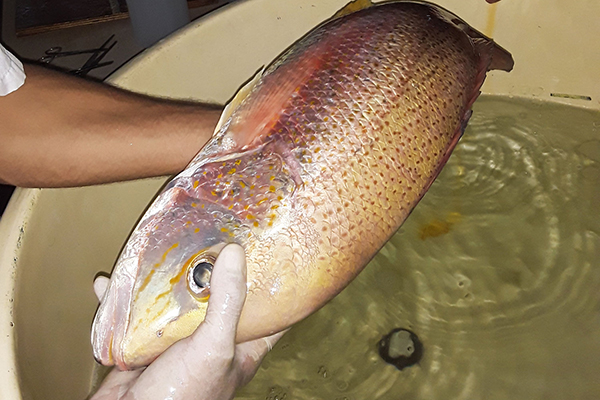
Health & Welfare
Martec and Xelect partner on spotted rose snapper genetics program
Costa Rica's Martec has partnered with Scottish genetics company Xelect to ramp up production of spotted rose snapper through modern techniques.
Health & Welfare
Xelect's advanced genetics-based breeding program with Australis Aquaculture has resulted in major feed-efficiency gains with barramundi.

Health & Welfare
Costa Rica's Martec has partnered with Scottish genetics company Xelect to ramp up production of spotted rose snapper through modern techniques.
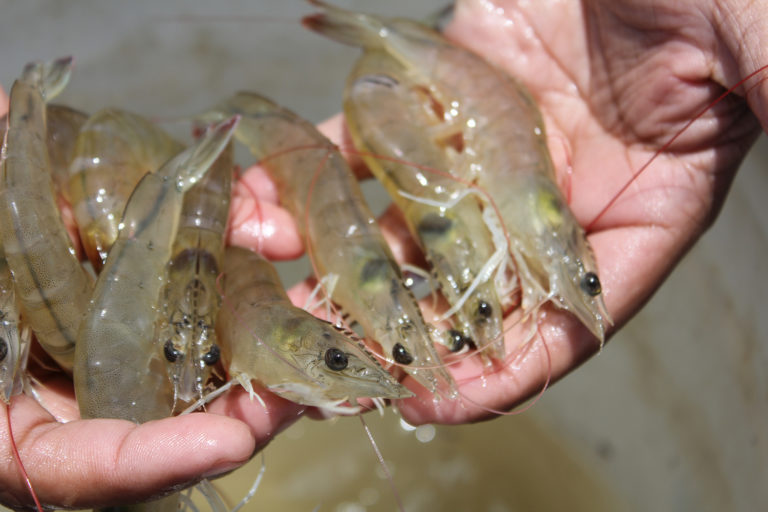
Health & Welfare
In eight genetic improvement programs in seven different countries, growth improvements have been constant in all programs, with annual improvement rates between 5 and 12 percent. Improvements in survival rates are less predictable and less consistent.
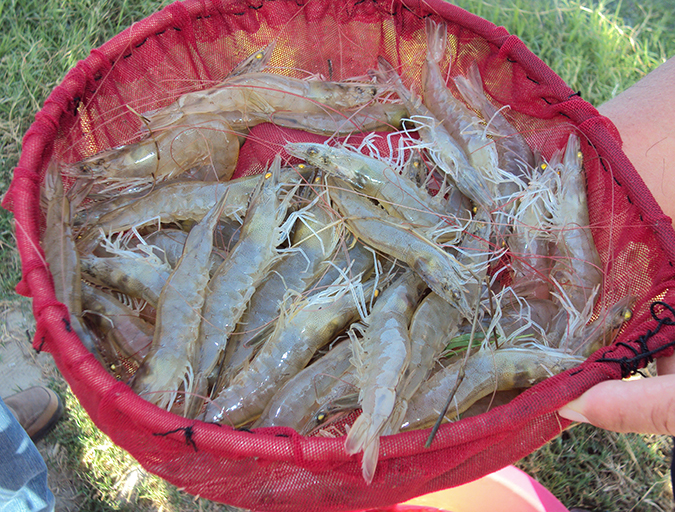
Health & Welfare
El alcanzar mayores tasas de crecimiento en el camarón cultivado comercialmente tiene muchos beneficios importantes, incluyendo la reducción de varios riesgos, la reducción de costos y el aumento de las oportunidades económicas. La genética del camarón determina principalmente cuanto crecimiento adicional se puede lograr, ya que el camarón típicamente refleja las tasas de crecimiento de sus progenitores.

Health & Welfare
Realizing higher growth rates in commercially cultured shrimp has many important benefits, including reducing various risks, cutting costs and increasing economic opportunities. Shrimp genetics primarily determines the amount of additional growth that can be achieved, as shrimp typically reflect their parents’ growth rates.
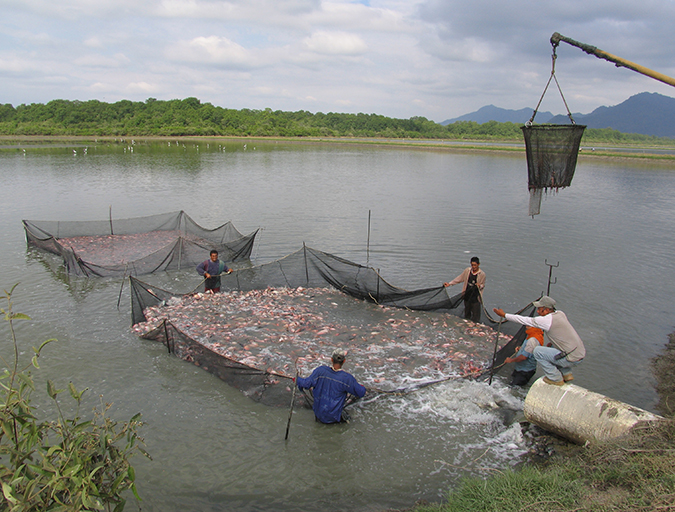
Intelligence
Se pueden crear nuevos mercados para la tilapia y también la expansión de los ya existentes mediante la planificación e implementación de estrategias geográficas adecuadamente diseñadas para satisfacer las preferencias de los consumidores discriminantes. Los costos laborales bajos en la mayoría de los países productores promueven el valor agregado mediante la producción de filetes frescos.
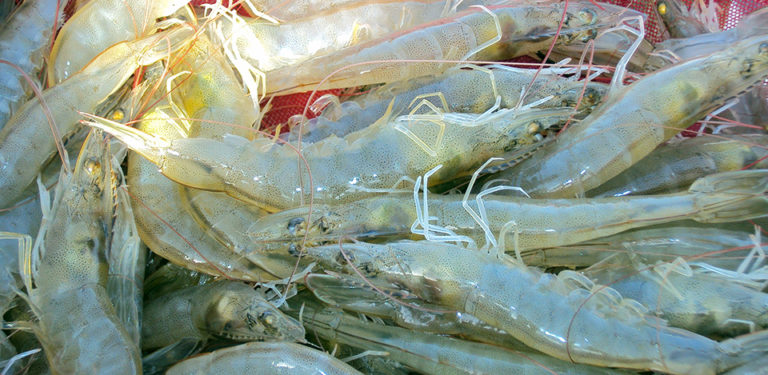
Health & Welfare
Achieving higher growth rates in shrimp can reduce risks, cut costs and increase economic opportunities. The amount of additional growth that is achievable is related primarily to shrimp genetics.
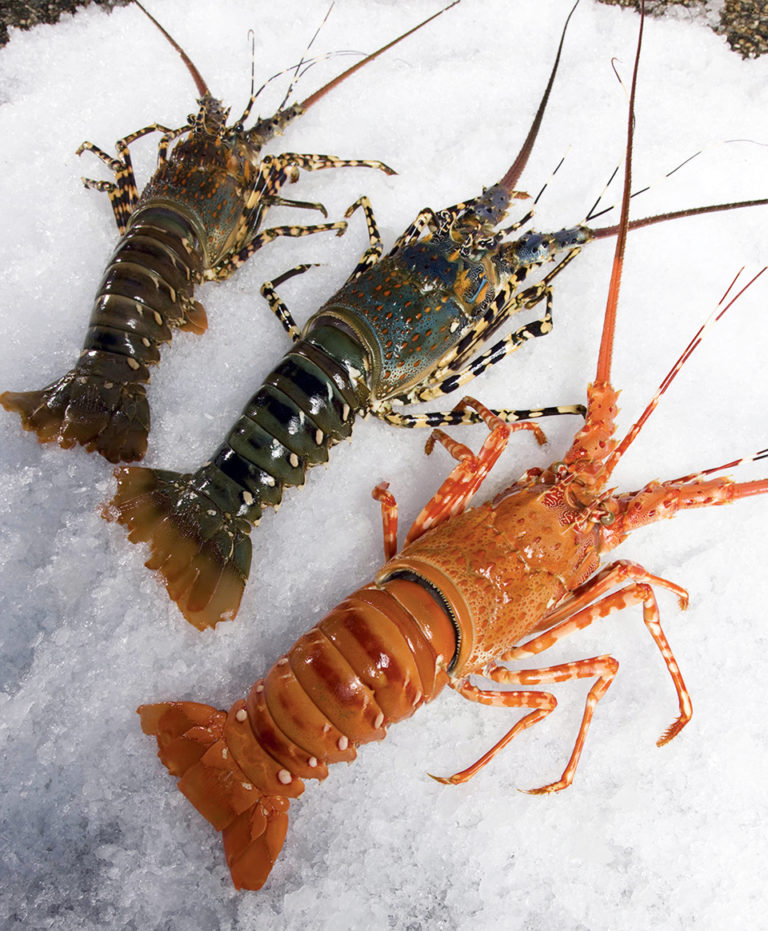
Health & Welfare
Coloration in crustaceans is affected by a combination of factors: diet, environment and genetics. The genes required for coloration are not present in any other animal, but crustaceans use them to create a variety of colors and shell patterns.

Health & Welfare
To alleviate problems associated with conducting research on fish of unknown and likely diverse genetic backgrounds, a collaborative project has been established to produce a stock of rainbow trout with a defined genetic background for use in fish nutrition research.
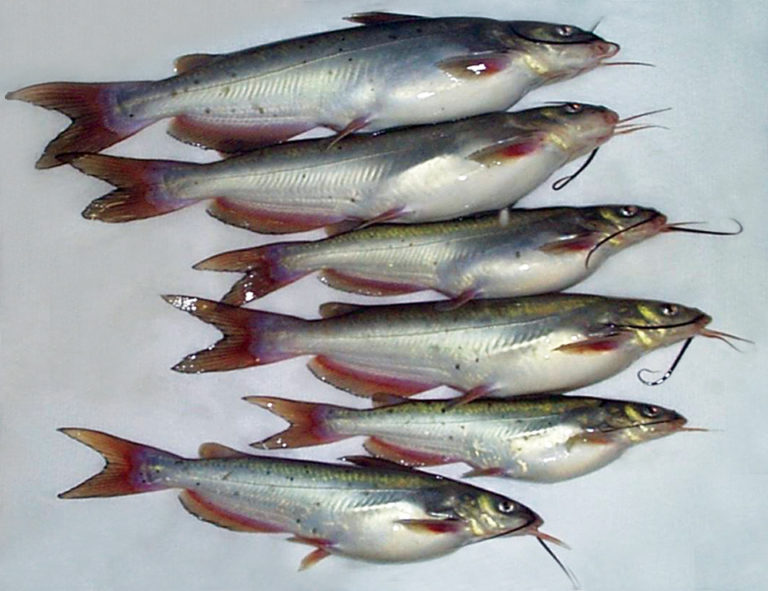
Health & Welfare
USDA and partners are developing channel catfish that exhibit superior growth, fillet yield and resistance to enteric septicemia. Although ongoing research continues to select the USDA lines for better performance, studies comparing the strains have been inconclusive.
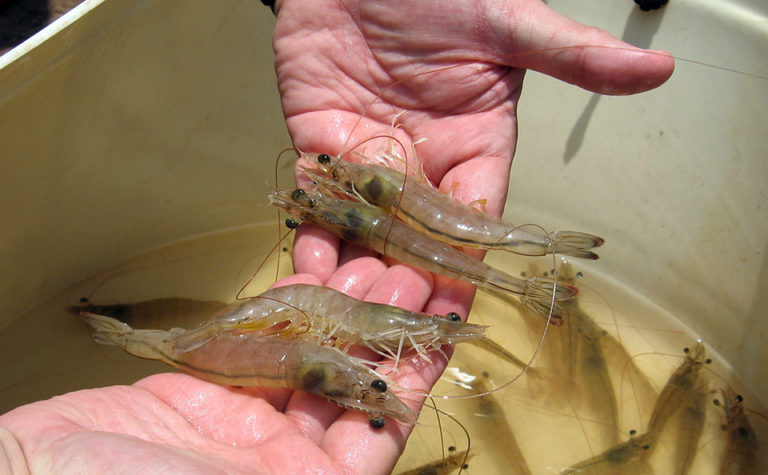
Health & Welfare
In general, benefits from genetic increases in growth rate result from better farm environments. Breeding programs should focus selection on genes expressed favorably in the environment that most affect farm profit.
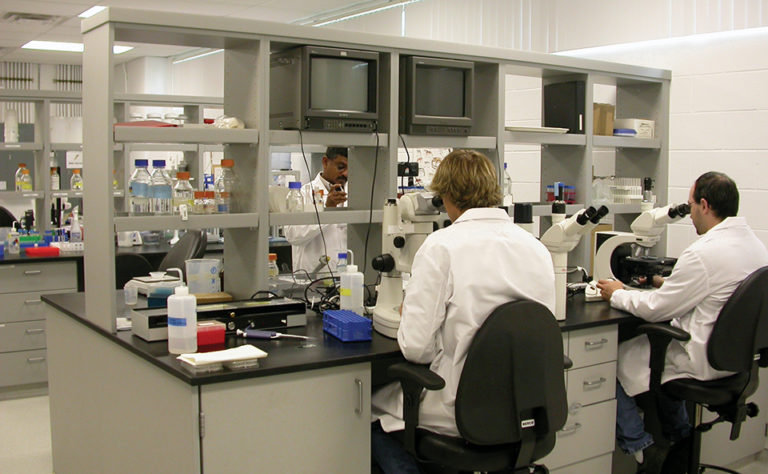
Health & Welfare
Genetics is an important factor in shrimp farming. Improvements in disease resistance and robustness can be achieved with within-family selection, shorter generation intervals and marker-assisted selection.
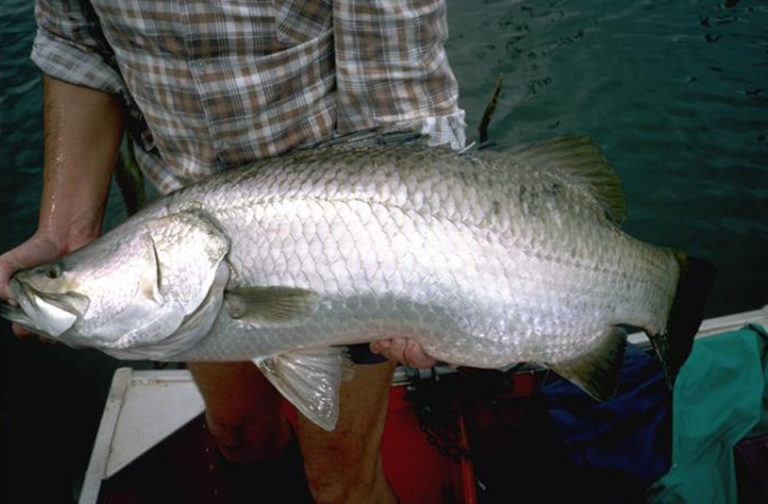
Health & Welfare
DNA microarray technology involves the individual spotting or printing by a robot of up to 10,000 DNA sequences onto a microscope glass slide.
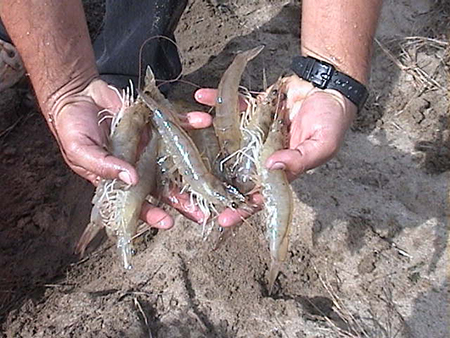
Health & Welfare
Genetic improvement will play a key role in the further development of the ongoing domestication of shrimp, important for the industry's long-term acceptance.
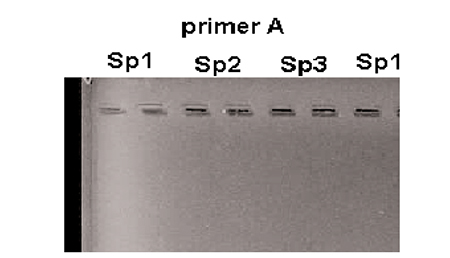
Health & Welfare
New molecular biology technologies are complex and expensive but also strongly recommended for any genetic selection program in aquaculture.